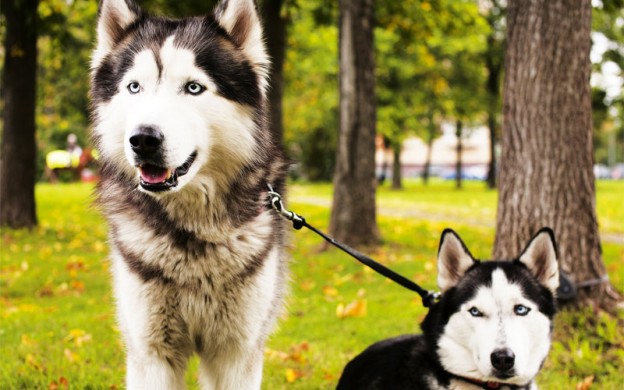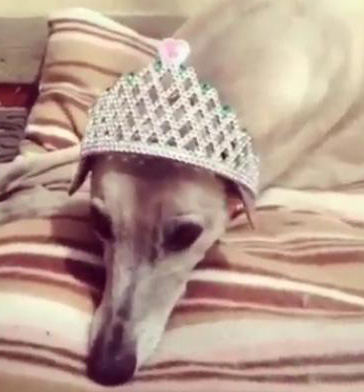
Kylie Baracz finds out how saying goodbye to your pet can be done in a comfortable and safe manner for both you and your furry friend.
It is hard to imagine we ever have to farewell our best furry friends. However, like us, they age, get weary and can develop arthritis and other aches and ailments.
Dr Michael O’Donoghue from the Australian Veterinary Association says our pets are living longer but we still need to be prepared for that end-of-life decision.
“Yes, pets are living longer thanks to advanced veterinary care, and better pet care,” says Dr O’Donoghue. “Cats are kept inside and dogs are walked on a leash, and we have better parasite control. All this means that pets are less likely to die accidently and are more likely to get much older and suffer from chronic or age-related diseases.”
Palliative care
Owners can help their elderly pets with palliative care, just as we would humans. This involves keeping animals as comfortable as possible in their senior years. It might include pain relief, a better diet, or change in the care of the pet such as getting them a winter jacket or letting the dog sleep inside. Dr O’Donoghue says that there are some specific signs you should look out for that might mean your pet needs palliative care.
These signs include:
- Generally slowing down in activity levels
- Slower to rise in the morning and appear lame
- Losing weight or gaining weight
- Drinking more water than normal
- Losing more of their coat than normal
“It is, however, always good to have a vet examine your dog and check if there is something simple to help the pet [with arthritis and other age issues]. It is good to then be able to talk about quality of life issues and how you feel about managing an older pet.
“Everybody has different life situations, and that makes every situation unique, about your ability and beliefs to manage an older pet. These are all good things to discuss with a vet.”
The tough decision
So how do you know if your pet is suffering and it is time to put them to sleep? Dr O’Donoghue says it is a difficult decision and you need to make sure to have your pet examined by a veterinarian first, as often there are some simple solutions to increase your pet’s quality of life.
To know when it might be the right time to say goodbye, you should ask yourself some basic questions:
- Are they still happy to see you?
- Are they eating and drinking?
- Can they go to the toilet without messing themselves?
- Have you had your pet examined by a vet?
If you think it is the right time, it is also important to consider how you would like this to happen. Would you like a home euthanasia? Would any other members of the family like to be there? What will you do with the body afterwards? For example, would you like to leave it at the vet, take it home to bury or have the body cremated and the ashes returned?
Euthanasia
To put your pet to sleep, usually a veterinarian will give your pet an overdose of anaesthetic, and this is given via a needle or catheter into a vein in the front leg. Pets may be sedated if they are feeling anxious.
“Once the vein is accessed, the anaesthetic agent is given and it is like falling asleep,” says Dr O’Donoghue. “The pet becomes unconscious and then they stop breathing and finally the heart stops beating and we know that is the end.
“The pet may make a last breath or let go of their waste matter, which is important to know so as not to be shocked by that. For other pets, they might need to be gassed down and given an injection elsewhere and this might take longer to pass.”
Adopting another pet
Some people might feel the need to go and get another pet straight away to fill the hole in their life; however, often it can lead to frustration as the new addition is nothing like your old pet. People may also forget how much work a new puppy can be.
“I think it is really important to allow yourself time to grieve your lost pet,” says Dr O’Donoghue. “This can mean time alone or just letting yourself be sad.”
Asking for help
For many people, losing a pet can be an incredibly hard time, and they may feel they are not coping with the loss. It might then be time to reach out for some help.
A pet loss counsellor can help, as they are specially trained in this area. “Sometimes, the people we love cannot help or understand what we are going through. Pet loss counsellors know how to help you through this process,” says Dr O’Donoghue.
For more information and guidance, visit petsandpeople.com.au
In memoriam
There are many ways to commemorate your pet and this can be whatever feels right for you. Some people plant a tree; have the ashes back in an urn or casket; have a portrait made; or just keep a paw print or a piece of fur from the dog. You could also make a special photo album of photos from your pet’s years with you.







